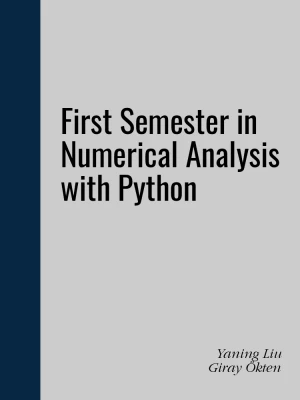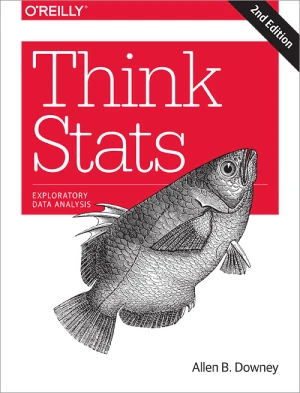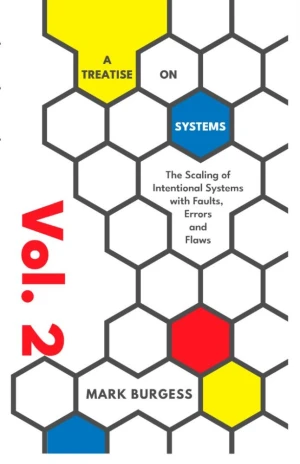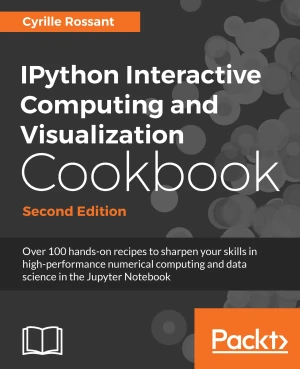Architecture of Advanced Numerical Analysis Systems
Designing a Scientific Computing System using OCaml
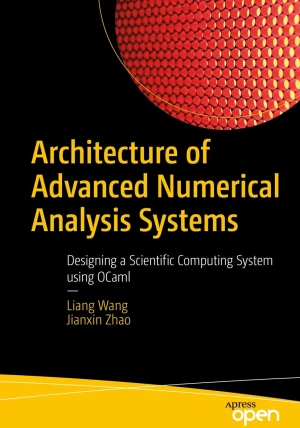
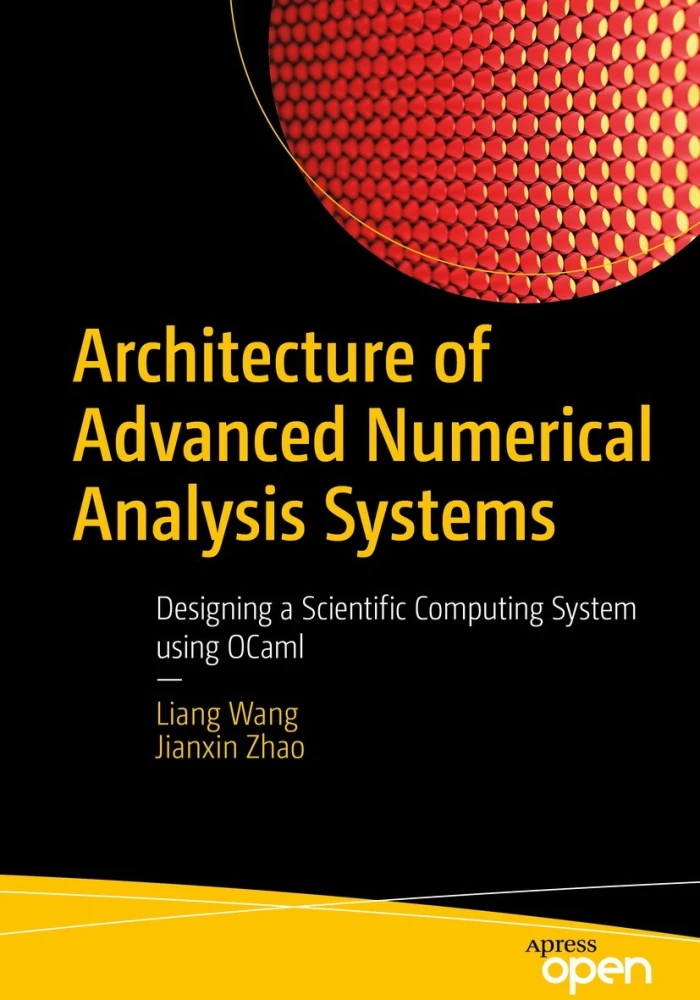
Book Details
| Authors | Liang Wang, Jianxin Zhao |
| Publisher | Apress |
| Published | 2022 |
| Edition | 1st |
| Paperback | 472 pages |
| Language | English |
| ISBN-13 | 9781484288528, 9781484288535 |
| ISBN-10 | 1484288521, 148428853X |
| License | Creative Commons Attribution |
Book Description
This unique open access book applies the functional OCaml programming language to numerical or computational weighted data science, engineering, and scientific applications. This book is based on the authors' first-hand experience building and maintaining Owl, an OCaml-based numerical computing library.
You'll first learn the various components in a modern numerical computation library. Then, you will learn how these components are designed and built up and how to optimize their performance. After reading and using this book, you'll have the knowledge required to design and build real-world complex systems that effectively leverage the advantages of the OCaml functional programming language.
- Optimize core operations based on N-dimensional arrays
- Design and implement an industry-level algorithmic differentiation module
- Implement mathematical optimization, regression, and deep neural network functionalities based on algorithmic differentiation
- Design and optimize a computation graph module, and understand the benefits it brings to the numerical computing library
- Accommodate the growing number of hardware accelerators (e.g. GPU, TPU) and execution backends (e.g. web browser, unikernel) of numerical computation
- Use the Zoo system for efficient scripting, code sharing, service deployment, and composition
- Design and implement a distributed computing engine to work with a numerical computing library, providing convenient APIs and high performance
This book is available under a Creative Commons Attribution license (CC BY), which means that you are free to copy, distribute, and modify it, as long as you give appropriate credit to the original author.
If you enjoyed the book and would like to support the author, you can purchase a printed copy (hardcover or paperback) from official retailers.
Download and Read Links
Share this Book
[localhost]# find . -name "*Similar_Books*"
First Semester in Numerical Analysis with Python
This book is based on "First semester in Numerical Analysis with Julia". The contents of the original book are retained, while all the algorithms are implemented in Python (Version 3.8.0). The authors present Python as an open source (under OSI), interpreted, general-purpose programming language that has a large number of users around the world. Th
First Semester in Numerical Analysis with Julia
First Semester in Numerical Analysis with Julia presents the theory and methods, together with the implementation of the algorithms using the Julia programming language. The open access book covers computer arithmetic, root-finding, numerical quadrature and differentiation, and approximation theory. The reader is expected to have studied calculus a
Think Stats, 2nd Edition
If you know how to program, you have the skills to turn data into knowledge, using tools of probability and statistics. This concise introduction shows you how to perform statistical analysis computationally, rather than mathematically, with programs written in Python. By working with a single case study throughout this thoroughly revised book, you
A Treatise on Systems (volume 2)
This 2d volume describes the systematic application of Promise Theory to systems, representing a significant step forward in describing functional systems with both dynamics and semantics. By combining quantitative and qualitative descriptions in a single framework, Promise Theory provides the first impartial language for multiscale system phenomen
IPython Interactive Computing and Visualization Cookbook, 2nd Edition
Python is one of the leading open source platforms for data science and numerical computing. IPython and the associated Jupyter Notebook offer efficient interfaces to Python for data analysis and interactive visualization, and they constitute an ideal gateway to the platform. IPython Interactive Computing and Visualization Cookbook, 2nd Edition con
Scientific Computing for Chemists with Python
Scientific computing utilizes computers to aid in scientific tasks such as data processing and digital simulations, among others. The well-developed field of computational chemistry is part of scientific computing and focuses on utilizing computing to simulate chemical phenomena and calculate properties. However, there is less focus in the field of

